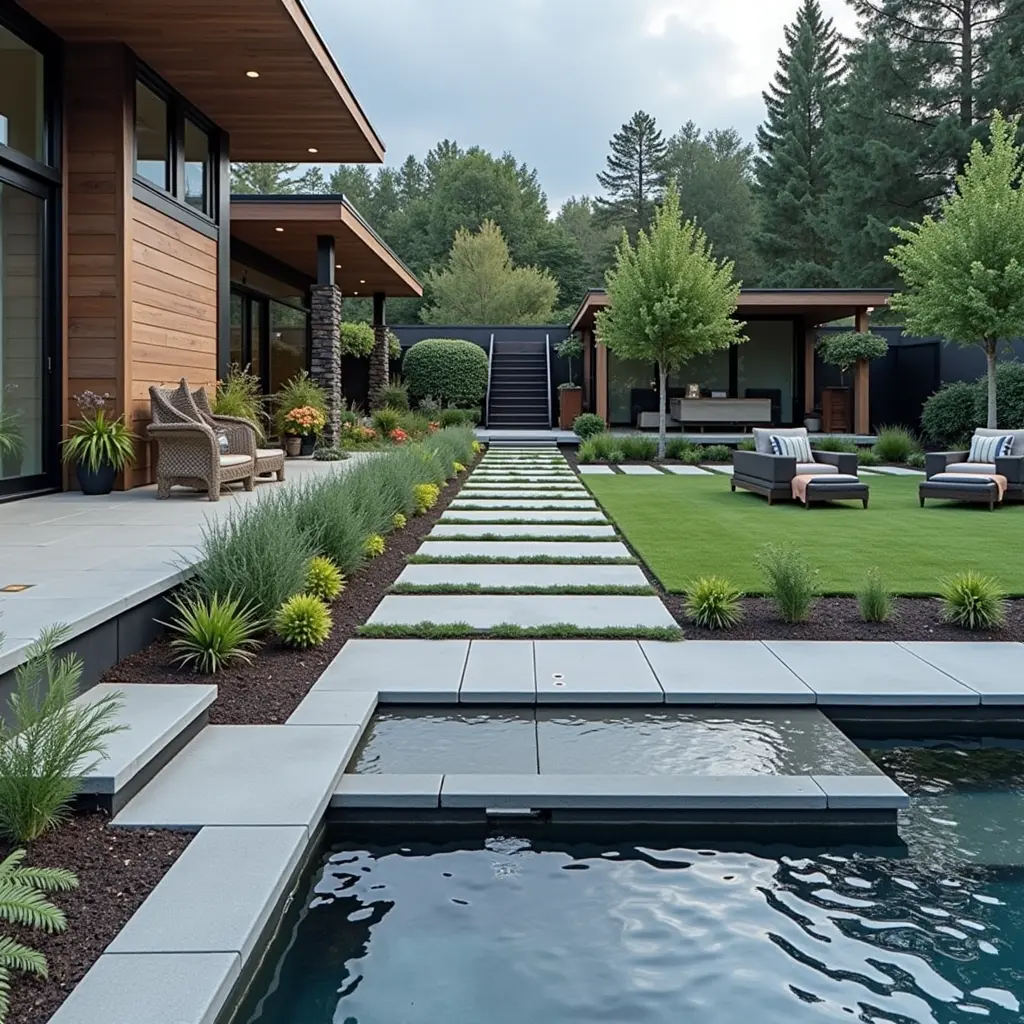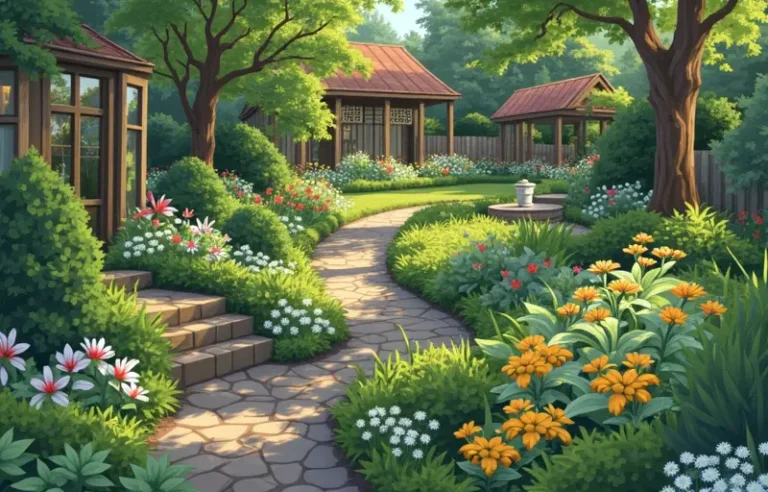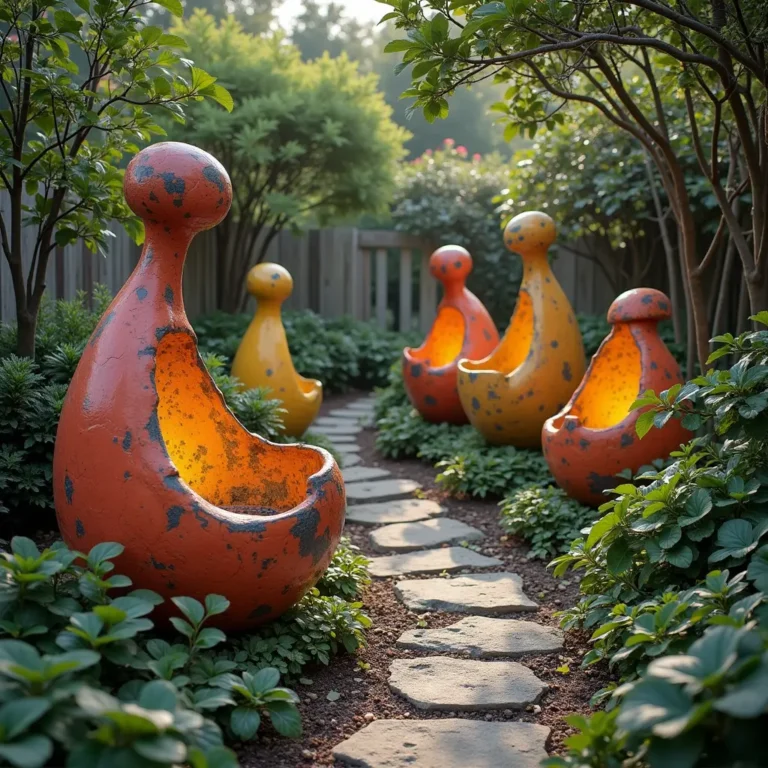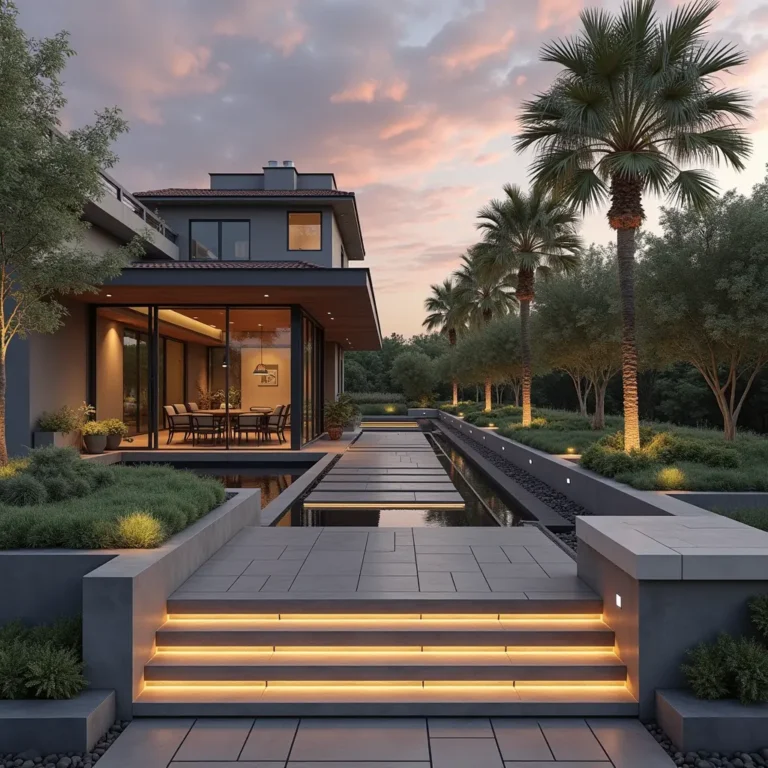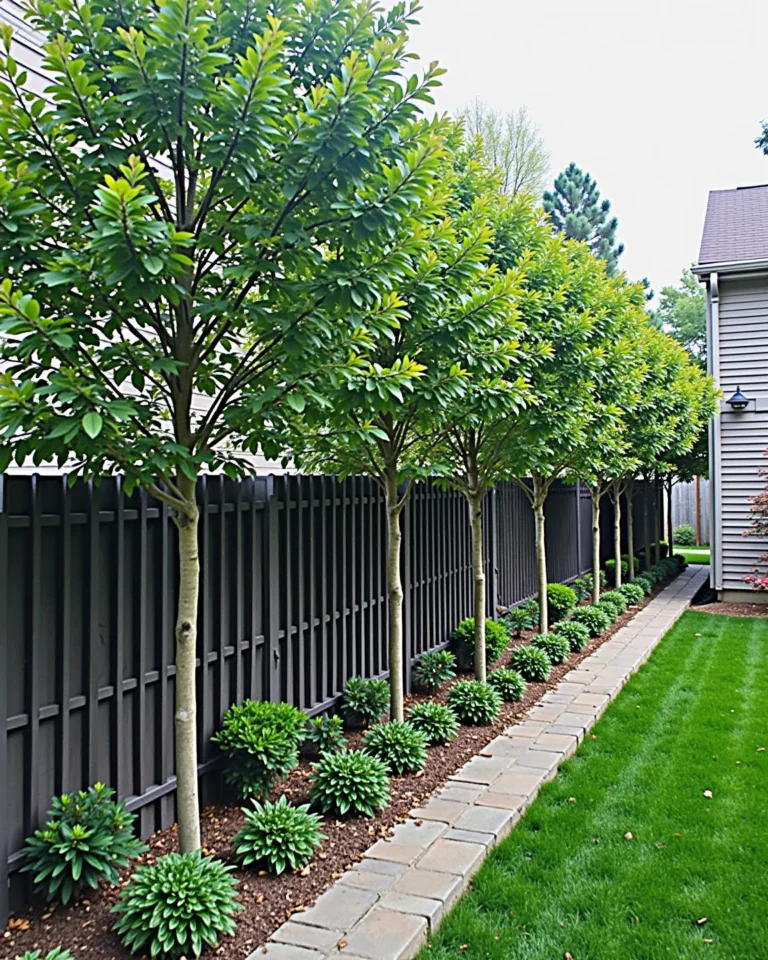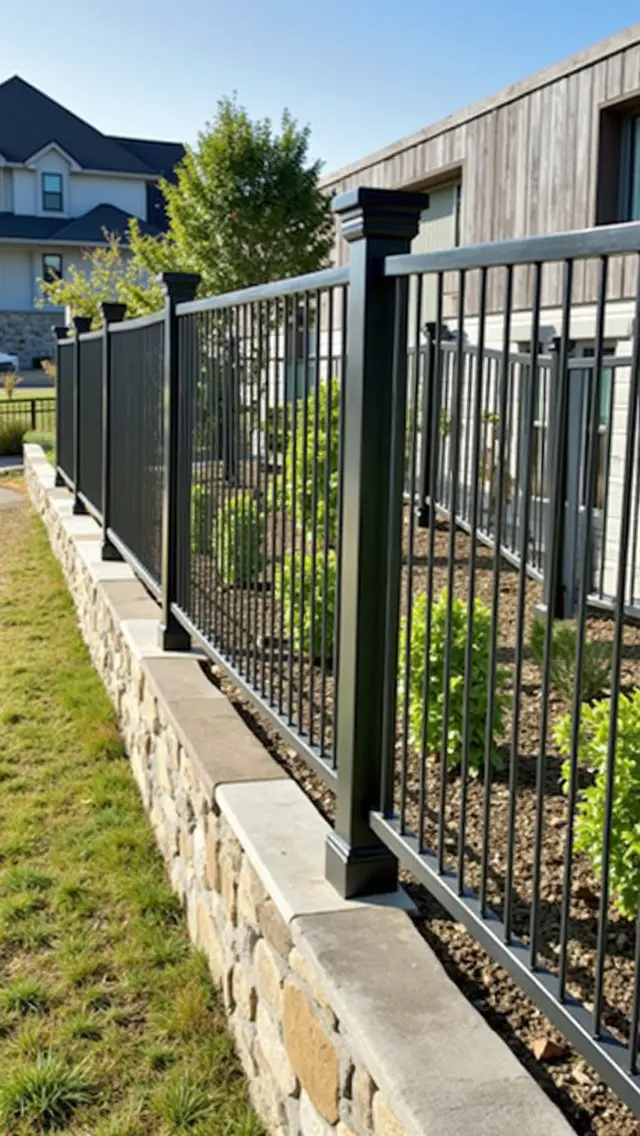Transform Your Garden with These Simple Design Secrets
Introduction: A Garden Awaits
Imagine stepping into your backyard, greeted by a vibrant symphony of colors, the gentle hum of bees buzzing by, and the intoxicating scent of blooming flowers. Your garden, once an untamed plot of land, now serves as a refreshing escape, a true extension of your home. All it takes are a few simple design secrets to transform the ordinary into the extraordinary.
The Power of Planning: Design with Purpose
Every successful garden begins with a solid plan. Before you dig, take a moment to envision your space. Consider your garden’s purpose: is it a serene sanctuary for relaxation, a bustling hub for family gatherings, or a productive vegetable patch? Defining the intention will guide your design process.
Sketch Your Vision
Grab a pencil and paper, or use a garden design app, and start sketching. Plot out key features like flower beds, pathways, and seating areas. Incorporating elements such as water features, ornamental grasses, or raised beds can elevate your design.
Choosing the Right Plants: Harmony and Balance
Once your plan is in place, selecting the right plants is crucial. Opt for a mix of perennials and annuals to ensure year-round color and interest. Think about seasonal blooms that will transition your garden through the year.
Color Schemes that Inspire
Utilizing complementary colors can create striking visuals. A palette of purples, pinks, and whites can evoke tranquility, while vibrant yellows and oranges bring energy. Remember to consider the foliage too; plants with varying leaf shapes and colors add depth even when flowers aren’t in bloom.
Creating Focal Points: Draw the Eye
Every garden needs a focal point to captivate visitors. This might be a stunning sculpture, a birdbath, or a cluster of eye-catching flowers. Position your focal point strategically—perhaps at the end of a pathway or in line with a seating area—to draw the eye seamlessly into your garden.
Layering for Depth
Layering plants creates depth and intrigue. Tall plants can provide a backdrop, while mid-height varieties can showcase the layers in between. Ground covers and low-growing plants work well to fill in gaps and create a lush carpet effect.
The Importance of Pathways: Navigate Your Space
Pathways invite exploration. They guide visitors through your garden, encouraging them to discover different areas. Whether you choose gravel, stone, or mulch, ensure your pathways fit the overall theme and blend harmoniously with your plants.
Integrate Natural Materials
Incorporating natural materials like wood, stone, or even recycled elements can enhance the organic feel of your garden. Consider using reclaimed wood for raised beds or stone edging to define plant sections.
Maintenance Made Easy: Smart Choices
Creating a beautiful garden is one thing; maintaining it is another. Choose low-maintenance plants and design elements that require minimal upkeep. Native plants often thrive with less care and attract local wildlife, adding life to your garden.
Implementing Smart Watering Systems
Consider installing a drip irrigation system to conserve water and ensure your plants receive consistent moisture. This not only saves time but also promotes healthier growth.
Final Touches: Personalize Your Garden
Don’t forget to add your personal touches. Garden art, whimsical decorations, and handmade planters can reflect your personality and make your garden feel uniquely yours. Outdoor furniture can transform a space, inviting relaxation and enjoyment.
Conclusion: Your Dream Garden Awaits
Transforming your garden doesn’t have to be overwhelming. With a bit of planning, the right plants, and thoughtful design choices, you can create a space that enchants and inspires. So roll up your sleeves, unleash your creativity, and watch your garden flourish!
FAQ: Common Questions About Garden Design
What are the best plants for beginners?
Some of the best plants for beginners include marigolds, petunias, and daylilies as they are hardy and low maintenance.
How can I make my Small Garden look bigger?
Incorporate vertical gardening, light colors, and mirrors to create an illusion of space. Layered plantings also help draw the eye upward.
What is the best time to plant my garden?
The best time to plant typically depends on your climate, but early spring or fall are generally ideal for most regions.
How often should I water my garden?
Water deeply but infrequently; aim for about 1 inch of water per week, adjusting for rainfall and the specific needs of your plants.
Can I design a garden that attracts wildlife?
Yes! Incorporate native plants, water sources, and varied habitats to create an inviting environment for butterflies, birds, and beneficial insects.
